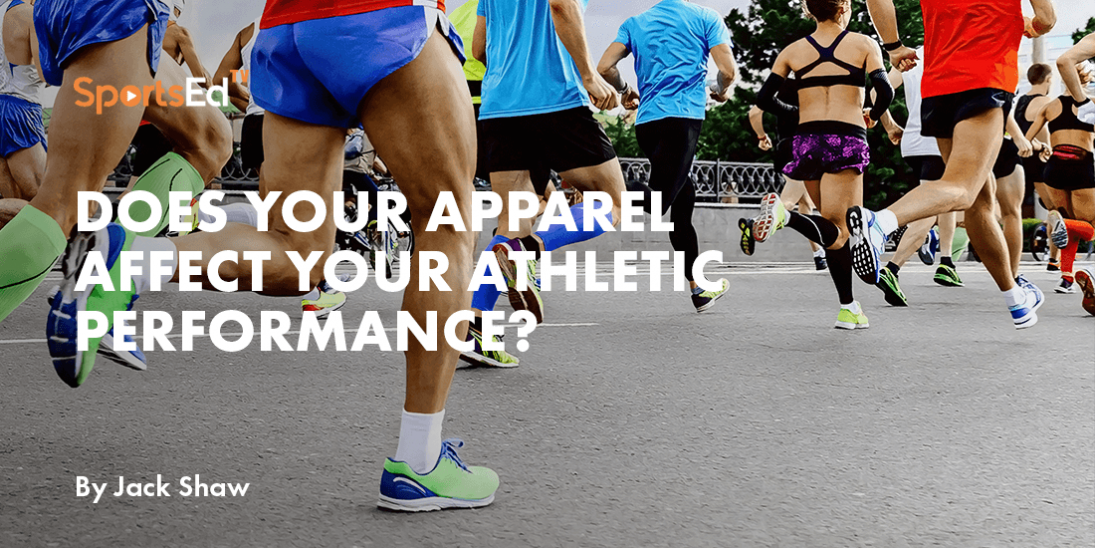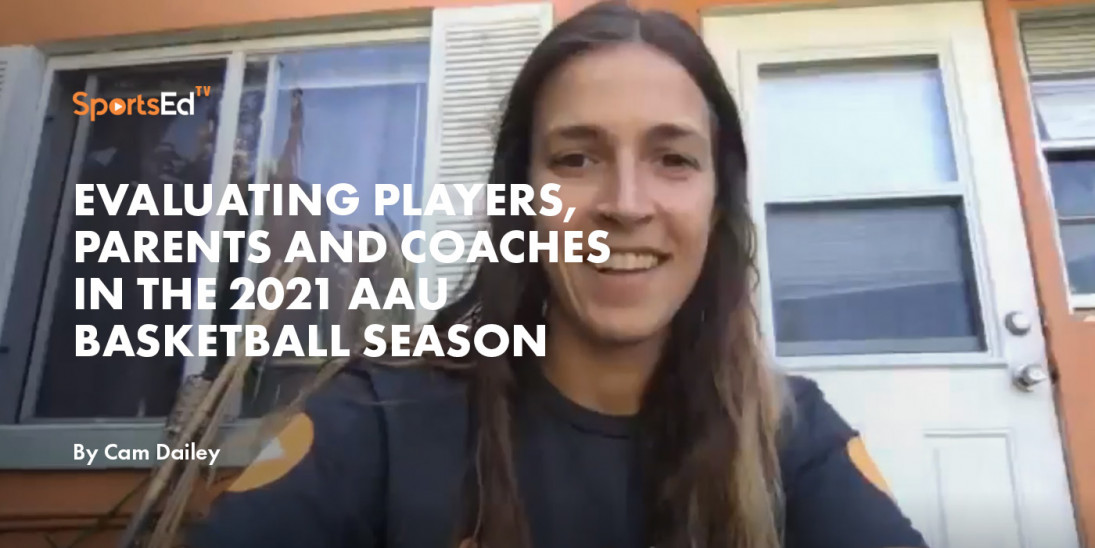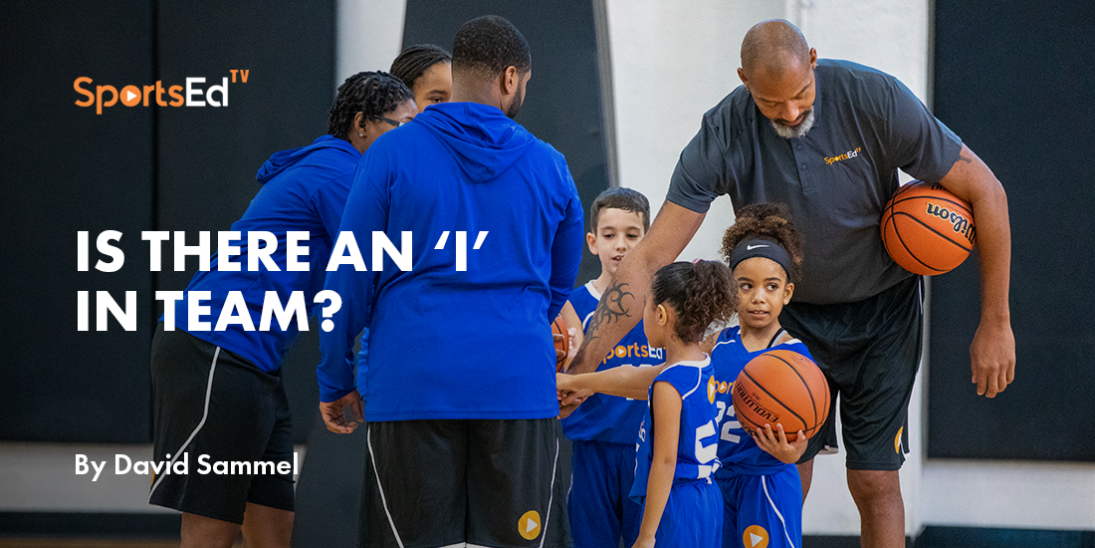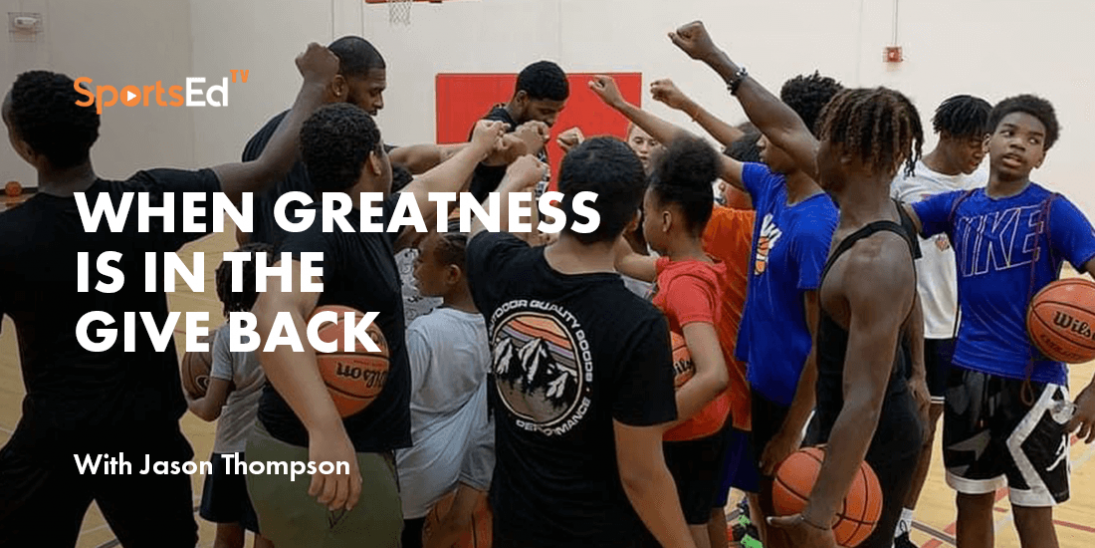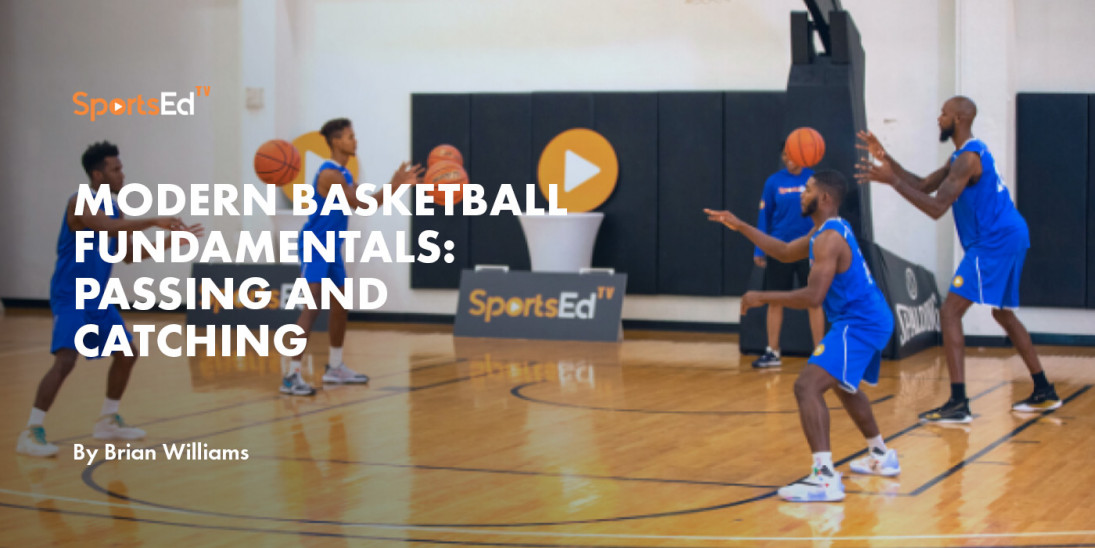Basketball
Welcome and thanks for visiting...

SportsEdTV Talks to Stan Van Gundy
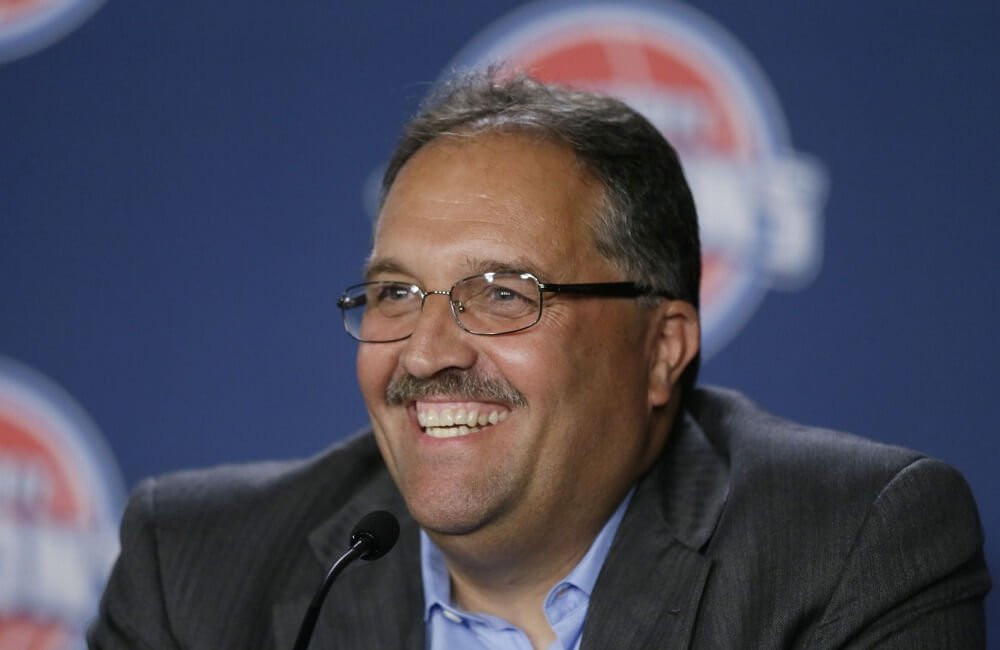
Stan Van Gundy compiled a record of 523 wins and 384 losses in his coaching career with the Miami Heat, Orlando Magic and Detroit Pistons. He began coaching during the 2003 season and last coached during the 2017 campaign.
SportsEdTV’s Director of Basketball, Mark Strickland, and Chairman, Robert Mazzucchelli talked to Stan Van Gundy about coaching and the state of basketball today. Here’s what he had to say:
SportsEdTV: Ok, so the first question is really a general one about basketball and coaching. From a coaching standpoint, how do you see the game of basketball having changed from the past to the present?
Van Gundy: Well, I think there are certainly more people involved. I think the game has grown a great deal. It used to be it was just high school coaches. But now with AAU basketball taking over we have a lot of people out there teaching and coaching the game. And I think a lot of them are very, very good. But then I think there's also a lot more people who haven't been trained, who haven't really gotten an education. They are not learning how to coach and how to teach.
So there are people out there who are passionate, but maybe they are not as tactically sound as they should be. And so I think that anything that could be done to better educate coaches is really a plus for our game right now.
SportsEdTV: Well, that's music to our ears, because we're going to be adding a coaching section to SportsEdTV, which will help educate coaches and teach them how to develop talent. We’re happy to hear that you feel there is a need for coaching training. Hopefully, we can talk more about that in the future with you.
SportsEdTV: When you're evaluating players, guards, big men, what do you look for? What are a couple of key characteristics that you think are critical for players to possess?
Van Gundy: I think about that all the time. And it changes by position a little bit. But I think a couple of things. First, the general stuff. I think people who are coachable and willing to work hard are people who are always going to have a chance to get better. If you don't have both of those characteristics, it's awfully tough to improve. And so that's important. I like all positions. I like guys who can pass. The great ex-Princeton coach Pete Carril used to say that if you can pass, you can see the game. And if you can see the game, I can teach you anything. And I think that's true. So I really look for people who can pass the ball.
I like to see guys with great hands. I think that's a hard thing to teach, the ability to catch the ball. It's so important for big guys in terms of catching the ball on pick and rolls, rebounding the ball, playing in traffic, things like that. I think that it’s really important. And I think the guards’ translation of that is the ability to handle the ball, which also comes down to your hands. And for the guards, it means their ability to get to wherever they need to go on the floor. So to me, those are the most important things. Obviously, shooting and all of that is going to be very, very important. But I think shooting is something that is more easily developed.
SportsEdTV: Coach-ability. We hear that from every single coach we talk to. If you were to look in the league now, who are a couple of the younger players coming up who are the coachable ones that will get the most out of their ability?
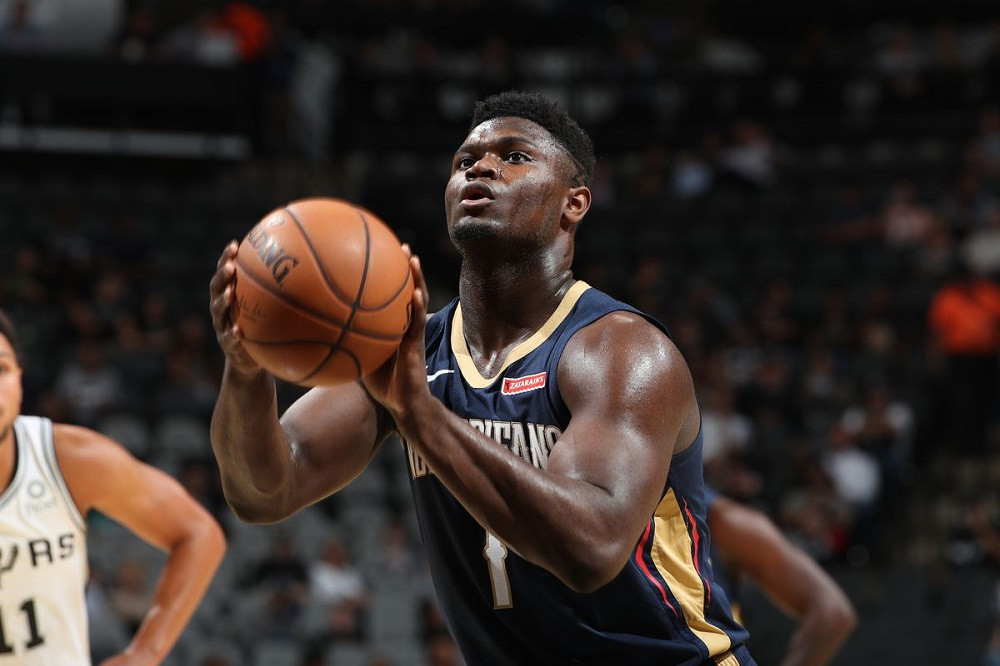 |
| Source: www.theringer.com |
Van Gundy: You know being on the outside now, that is hard to answer. You don't really know from the outside. I mean, you just know by reputation. I will say everything I have seen or read about Zion Williamson, I think as long as he can stay healthy, he's a sure star. He’s obviously got great athletic ability, but the way he comes across when he's talked to about his need to learn and his desire and the care he has for his teammates, things like that, I just think his approach is going to be the one that allows him to keep improving throughout his career. And so I think that he’s really good. I coached a guy for one year in Detroit, Luke Kennard, who's just starting to come into his own. He had his 20-point game the other night in the Detroit opener. He came out of Duke and has a lot of skill and he really shows that takes coaching well to tries to get better. So those guys, both Duke guys, are guys that I would count on improving. I am sure that there are plenty of other young guys that I am just not as aware of in regards to their coach-ability.
SportsEdTV: When we first talked to Mark Strickland about coming on board with us as Director of Basketball, we asked him, “what do you think made you a solid NBA player?”
And the two things he said were his work ethic and his ability to be coached. So I guess that is a good trait to have to get ahead in the sport, coach-ability. It seems to be a big, big, big factor now.
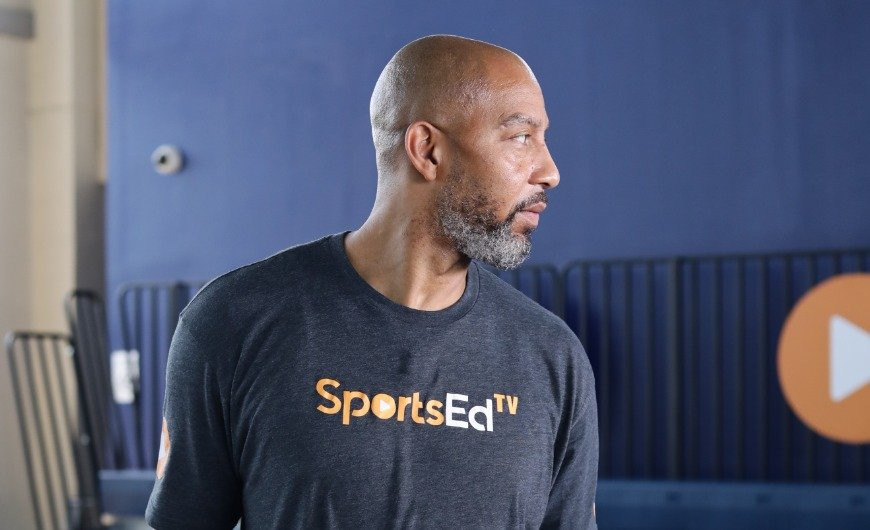
Van Gundy: And I would agree with you on Mark. That was huge for him. He had incredible athleticism and his conditioning was off the charts, which speaks to his hard work, I mean he could go and go and go and attitudinally, I think he far exceeded most people. And he was one of those rare guys who, especially when he first came up in the league, he might not play for a couple of games and he could keep himself ready. And then when he got his chance, he could go in and produce and the coaching worked. He became a much, much better shooter during his time in the NBA. Coachable guys like Mark, you can bank on these people because they are going to continue to improve.
SportsEdTV: We listen to a lot of conversations between Mark and former NBA teammates about the league today being more of a players league versus a coaches league. Back when they played, they felt the influences came more from the coaches. And today they see the players having a lot more influence. What are your thoughts on that? Is there a power shift going on and is it good for the game or how do you see it?
Van Gundy: I think that the NBA has always been a players league and they’ve gotten more power now in terms of player movement and getting to places where they want to play and teaming up with other stars. I see nothing wrong with that, the players having that kind of power. I really don’t. You know, the people that are driving the league are those players with great power. And the people pay to see them in the arenas and on TV. And so it's just like people in the entertainment world. I mean, if you're the one with the talent, you deserve to have control over your own situation. So I don't see any problem with that. I think players are just as coachable as they used to be. I think what's changing in the NBA — and I think this is not the players' fault necessarily — is that people are drastically cutting back on how much time is spent practicing.
SportsEdTV: That was our next question.
Van Gundy: And I don't think this reduction in practice time is necessarily good. We've talked about guys being coachable, but it requires repetition to become better. And if you're going to give up on those repetitions by practicing less and not think that's important, I think it’s going to be harder for guys to show improvement. So I think that's a negative. But I don't think that's on the players. I think that's on the coaches and the front offices who have decided to do things that way.
SportsEdTV: Do you think the limited practice time has made the players, maybe not soft, but a little bit less tough and more prone to injuries?
Van Gundy: Well, the injury thing is really interesting because it seems that as we've done less and less practicing in a supposed effort to reduce the wear and tear on the players' bodies and protect them from injury, we've gotten more and more injuries. Injuries certainly aren't going down, if anything they're going up. And I think the part that people have left out of the equation here is conditioning, both physical and mental, conditioning. Physical to gain the stamina and conditioning level that allows you to endure the grind of an 82-game season. And mental to get through the bumps and bruises. You know, nobody's going to feel good in an 82-game season. Your body is not going to feel good no matter what you do. And so you feel as good as you can, but then you've got to have to mental toughness to get through it. So I understand the desire to reduce injuries, it‘s huge. But I think we’ve left physical and mental conditioning part out of that equation. And I think that's a negative for players and teams.
SportsEdTV: We witnessed an interesting conversation in an interview we did with Tim Hardaway and Mark talking about how they grew up playing in the street and on the hard surfaces. And they were just used to the pounding on their bodies. And when they got to the league, the practices didn't seem like much. It was hard, but their bodies were conditioned for it. And they talked about junior development and whether it's just a little too controlled and the attitude is that everything has to be perfect or the kids won’t play or they think they're going to get injured or whatever. Any thoughts on that?
Van Gundy: Yeah, absolutely. I think the environment's not only controlled in that way, where everything has to be perfect. I also think that players don't play enough on their own. It seems like one of the big things that's changed is they're always with a coach. They’re either at an AAU practice or a game or a high school practice or a game. You don't see kids play in pick up games in the park or even in gyms anywhere. You just don't see that anymore. You know, I mean, if you drive by parks and see people playing pickup games, it's going to be grown men in their 40s and 50s. The negative to this is when you play with coaches, coaches control every part of your game. They're telling you what you can and can't do with the ball. But, when you go to play pickup games, you're free to experiment with your game. A guard might be able to throw a behind the back pass or try to make a move that he has never made in a game. Things like that. Coaches are always going to want you to stick to things you can already do well. On your own, you're allowed to experiment. And I think that is good for players on the way up. And I think when they're out there playing in pick-up games, they are playing with older players. This is good. You gotta learn to compete with people who are better than you, more experienced than you, rather than playing with your own age group all the time. I think there's a competitiveness, too. You know, when you used to go by the places that had really good pick up games, there's a competitiveness. If your team doesn't win, you might not get back on the court for quite a while. And if I'm not good enough, nobody is going to continue to pick me to play. So you don't want to wait forever to play, so guys get tougher and more competitive to get into the game. That's the whole point. I think that was a real advantage for players who came up like Tim Hardaway and Mark Strickland, who had to learn to compete in a variety of environments.
SportsEdTV: That's an excellent insight. Let's switch to the 3-pointer. How do you think the importance of the 3-pointer has changed the game? Do you think it's made the big man a little less important? What are your thoughts on that going into the future?
Van Gundy: I don't think it's made the big man less important. I just think it's made for a different kind of big man than everybody wants. They either want a big man who can step out and shoot the 3-pointer or they want to guy offensively who is able to play in the pick ‘n roll, roll to the rim, catch a pass and finish. I think there are more demands now on big guys down and what they have to be able to do defensively because of the floor being spread out. But I don't think we'll ever get to a point where the big man is not important. As a matter of fact, I think things run in cycles and we'll see the importance of that position come back. I think the 3-pointer has added a lot to the game, and I think what it's done is to improve spacing on the floor to allow driving and things like that. I think that's good. I think the number of attempts has almost gone too far. But I don't know how we get it back. I don't find it to be an exciting part of our game. When I came up to the NBA in coaching in the mid-90s when the rules were different and everything else, there was a lot more isolation basketball, which probably was not good. But there were a lot of plays at the rim with great athletes who tried to attack the basket and great shot blockers coming to prevent shots. I think what's exciting about the NBA is the athleticism of the players, and I think with our teams each out there shooting fifty 3-pointers a night. we lose that. I don't think that's exciting. If I want to watch a bunch of guys just stand and shoot spot-up threes, I can go watch a game at the Y. They won’t shoot as well as NBA players, but that's the game. I prefer to see the athleticism of the game. But I don't know how we change it at this point. It's here to stay. You know, that's the game. And hopefully, we'll see people take advantage of all that spacing and get back to attacking more and more.
SportsEdTV: You made an interesting comment at the beginning of the answer to this question about the big man having more demands on him and needing to be more versatile, be able to do more things. Well, let me ask a coaching question: if you had an up and coming young big man, how do you coach him differently now than you might have, say, 10 or 15 years ago?
Van Gundy: That's a great question. I think that especially for young players coming up, I just think there are a lot of skills that need to be developed regardless of position. I really think we should not be developing our young players as specialists to play certain positions. I mean, everybody should be working on shooting, passing, ball handling, being able to move their feet defensively. All of those things are important. I think at every position now and at every level, coming up through youth basketball and all the way through to the pros, we should be looking at total skill development. And I do think we should add to that some post play, particularly to combat all the switching we see now. When I get a mismatch, I don't care what position I am, I should be able to go down there and play in the post. I just think it's about developing all the skills for all the players. And yes, by the time you get to the NBA, there will be some specialization.
But on the way there, on that journey as a player through youth basketball and high school and college we need to be developing all the skills and developing more versatile players.
SportsEdTV: Interesting. So let's turn to analytics for a minute. You know, that's the buzz word in all sports now is measurement, measurement, measurement. We have more and more tools that we use to analyze every aspect of things physically, tactically, and strategically. What's the balance in your mind, as a coach, between using the analytics versus using your experience and instinct on the floor?
Van Gundy: Well, I think the analytics are very important and very helpful because I don't care how experienced you are as a coach, there are times you're eyes will lie and the numbers are there to provide that balance. I think you can learn a lot from the numbers. So I find it helpful. I do think there are a couple of problems with the analytics that people sort of overlook. I think the first is the issue of sample size. I mean, if you just go to any college statistics, course, it's one of the basic things you'll learn for the validity of numbers, you need a large sample size. So the example, using the NBA, is you'll get these reports after every game from your analytics people on how every line-up up performed against every other line-up. Well, even as I get to the end of the season, I’ll have only had one 5-man line-up that played over 200 minutes together. So I could look at that list and say, well, this line-up has been very good, but they’ve only played eighty minutes together. That's one minute a game over the course of the season. I think any statistician would tell you that that sample size is not nearly large enough to have any validity. And so I think that that gets ignored. The other thing I think becomes a problem is we take these general analytical trends for an entire league - and the good point about the league trends is the sample size is big enough. So we have, 82 games, times 30 teams, all this data, all these shots, and it shows me that the most efficient shots in the game are the free throw, the layup, and the 3-pointer. So those are the shots we should try to get. And we should not shoot as many shots between 4 feet and the three-point line, that those are less efficient shots. I get that on a league-wide basis. But we forget that you’re not coaching the entire league. Your coaching your particular team. And for a player, you are different from the trends.
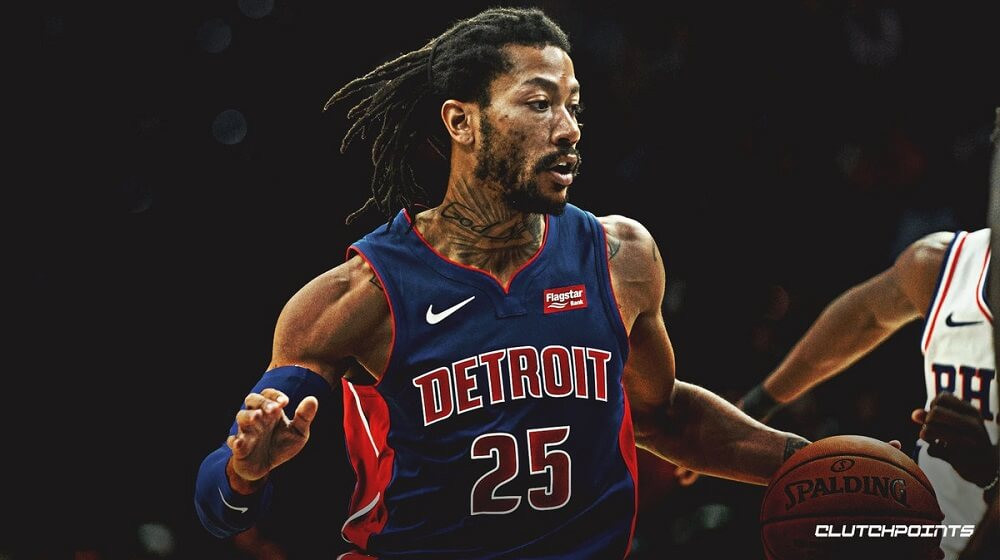 |
| Source: www.clutchpoints.com |
For instance, at the start of the season, Derrick Rose, a former MVP, is off to a terrific start with Detroit. He's averaging over twenty-five points a game off the bench, scored seventy-six point three games. He has made one for a 3-pointer. He has not gotten to the free-throw line very much. He is getting to the rim a little bit. But by and large, what he is thriving on is mid-range pull-up jumpers at a very high-efficiency rate. Why would you take Derrick Rose and say we're not supposed to shoot those shots because, on a league-wide basis, they are converted at 37 percent? Well, Derrick Rose isn’t the league, he is one guy who shoots them at a high percentage. Kawhi Leonard is another guy. A great player who shoots a high percentage of mid-range pull-ups. So you're not coaching an entire league. A good coach, I think, plays to his team's strengths and his players’ individual strengths and tries to stay away from their weaknesses. And everyone is different. And I think sometimes that gets lost in the analytics.
SportsEdTV: I think what we’re hearing you say is that, directionally, if the sample size is big enough, you get some good insights. But if you have a player that defies those stats in terms of their individual capabilities, you’ve got to let them play to their strengths. And we’re hearing that in a lot of sports. I think especially as you get up in the levels where you do have these unusually talented people who do particular things really well. Talk to us a little bit about the difference between coaching someone who really is just a raw talent that really plays on talent and somebody who's just a hard worker and has programmed themselves to be a great basketball player through religion and will. What are the pros, the cons, the challenges of those two different types of athletes?
Van Gundy: Well, I think the benefit of getting a young player who's raw, maybe not as skilled, maybe has more to learn is that there's great excitement about developing the potential of that player, about his upside. If you have this great athleticism and if you can develop the skills to go with that athleticism, then the sky's the limit. That's tremendous. Now, it's a hard process. It's a really hard process. Basketball is a difficult game requiring not only a lot of different skills but a lot of decision making. It's not easy to develop those skills and it's not easy at times to teach those skills. So it does require, as we talked about at first, really coachable people who are hard workers. But the guy who's already put it that time and is ahead in terms of his development has skills, has a knowledge of the game but maybe lacks some of that athleticism, you get a guy that can help you now on the court and is more ready to play. He’s probably not going to progress as far, but you know what you're going to get. You can count on that person, whereas the raw talent player is an unknown commodity.
SportsEdTV: So if you look back at your coaching career, who was the best raw talented player that you had the opportunity to coach?
Van Gundy: Wow. There have been a lot of them. Probably the best raw athletic big guy in the last twenty-five years is Dwight Howard. I think he’s just a monster athlete. Had it all, strong, run, jump, move his feet defensively. You know, not much he couldn’t do and an extremely intelligent guy on top of that. And so that's the guy. Now skill-wise, in the low post and stuff, he had a long way to go. He’s one of the last of that group that could come right out of high school into the NBA and his skill development came over time. He had everything else to be a player. I mean, intelligence, athleticism. He was really, really something.
SportsEdTV: And who's the best overachiever do you think? Who got the most out of their talent?
Van Gundy: I would say the two that come to my mind would be Udonis Haslem, who is still in Miami, who was an undersized power forward coming into the league with not a lot of perimeter skills, but an incredible toughness, desire, coach-ability. He became an excellent mid-range shooter, a real tough defender and a great team guy who's been a big part of championship teams in the NBA. J.J Redick, who is still playing at a really high level — and who I have had Orlando look at — he’s an undersized two-guard with short arms and average athletic ability by NBA standards, but I think he's the best-conditioned player in the NBA, in addition to having a really, really high skill level and IQ. He’s had a great career to the point that his best season as an NBA player was last year, at 34 years old, averaging eighteen points a game as he begins to enter into his early thirties, this guy is only getting better. That's a testament to his work ethic.
SportsEdTV: It's a phenomenon we're seeing in more and more in sports. We have Tom Brady pretty much playing as well as he's ever played into his 40s. You have Roger Federer, just won his 105th tournament this weekend at 38. What's creating this longevity in athletes where they seem to be not just playing longer, but having the ability to improve later in their careers?
Van Gundy: Well, I think there are two things that would be similar among all of those people. Number one would be their continued belief in their ability to improve. None of those people who do this are buying into the idea that they're on a decline and they're just trying to slow their decline. No, all those guys are still trying to find ways to get better all the time. And then I think the second thing that you're going to see among all those guys is they have done an unbelievable job in terms of their conditioning and taking care of their bodies. These are guys that understand that fitness is a 12-month-a- year job. They are in phenomenal shape. I’ve seen it up close with J.J. Redick. I’ve seen Vince Carter, who's still playing past 40 years-old in the NBA. I’ve read about it with guys like Federer and Brady. That's an absolute must. You can't just be even an average level professional athlete, which is still a high level of conditioning. If you’re going to perform into your late 30s and even over 40, you're going to have to be excessive in terms of physical condition.
SportsEdTV: Interesting. So we have two more questions for you. One is, in all your years of coaching and developing basketball players, do you have a couple of drills that are your go-to drills for just fundamentals. One or two or three things that you would put on anybody's curriculum?
Van Gundy: Well, you know, I think the one drill that everybody's familiar with in basketball coaching circles, is a simple drill that used to be done with big guys all the time, but really applies to everybody is the Mikan Drill. And then you can turn around and reverse layup out of it and do Reverse Mikans. People are adding more and more to that drill, but I think the essential thing here is that players are learning to use both hands around the basket. I don't care what position you're playing, you're going to need to be able to do that. And it is also a footwork drill. And that would be the second thing I would talk about. Not so much a single drill, but in everything you do offensively, you have to have a footwork component that has to be emphasized because I think footwork is very, very overlooked and it's a huge part of every skill.
Van Gundy: Shooting, in large part is going to improve over time, particularly as you go up in the levels, but your ability to catch the ball on the move, pivot, get yourself on balance and get straight up and down that matters. Everybody focuses on the elbow and the release and the follow-through, and that's important, but if you can't get yourself on balance to begin with, it's not going to work. Your ability to get to where you want to get to on the floor to get by defenders. is going to come largely down to your footwork. This stuffs really, really important and I think needs to be emphasized every single day at every single level.
SportsEdTV: Mark Strickland, just wrote a big note about adding more footwork related drills to our curriculum. Last question. You have a crystal ball and you look at basketball five years out, 10 years out. Any trends that you think are going to create some big changes in the game or what's the game going to look like in a little bit in the future?
Van Gundy: I will say I'm probably not a great prognosticator because I didn’t think ten years ago I would have predicted the game getting to where it is now. When you look ten years ago, I was coaching in Orlando and we were setting records in the league for 3-point attempts and everything else. And I think what we did ten years ago in terms of 3-point attempts would have us in the bottom ten teams in the league right now, and back then we were setting records. So, I think trying to anticipate where the game is going to go, I'm not sure. I do think we've seen the ebb and flow between offense and defense in this league throughout its history. And so we’re at a time right now where the offense is on the rise and it looks like defense can't keep up. I don't think that's actually true, but it's not keeping up right now. And I think people, coaches will start to figure out better ways to combat these high octane offenses and we'll see it cycle back a little bit to defense. The next frontier in terms of a moneyball-type approach in the front office is that while everybody is looking out for more and more three-point shooting, the people you're going to be able to get for low money that could help you win games are going to be people that can go out and defend on the perimeter, guys you won't have to help as much that can defend in the wide-open spaces of the NBA. So, I think we're going to see a swing back to defense, at least just a little.
SportsEdTV: So we’re going to add one more question. We ask this of all the coaches we talk to because we have a big audience of kids who really aspire to play in the professional ranks, whatever their sport is, and we know what the odds of that happening are for most kids. Very low. If a 12-year-old player came up to you and said, “Coach, what do I have to learn to get into the league?” What are the two or three things you would say to that youngster?
Van Gundy: Well, I would say, first of all, especially if you're just average athletic ability, get out there and play...a lot. Are you going to be a guy that is just so passionate about it that you're going to be out there all the time? Because if you're somebody who the only time you're on the court is when you've got a game or an AAU practice then you're probably not going to have the time to develop. And then I would also want to know how competitive that person is because, as you said, it is so competitive to try to make it that you can't be somebody who's even just an average competitor. You're going to have to be one of those ultra-competitive people who is driven to be the best. And when you encounter adversity, your competitiveness drives you to have the grit to overcome the losses, defeats, and things like that and continue to get better. That's the rare person. And that's why only the rare person makes it to the NBA. There's only four-hundred fifty of those jobs in the world and a lot of great players out there. So it’s hard. It's hard to find people with that talent and then to find the people with that talent who have that kind of drive and competitiveness and grit to keep pushing ahead, that’s really really rare. That’s why I’m really proud of what NBA players have achieved. They have my great respect. It's a small club. And I think in every sport it's just very, very hard. And we're seeing that, as the basketball world gets better and bigger, the competition is coming from everywhere now. So you have a bigger and bigger pool of people competing for a small number of jobs. I think it's only going to get more intense.
No question about that, and the basketball played worldwide has improved so much that the pool of players has just increased.
SportsEdTV: Stan, thank you for your time and insights. I hope we have a chance to get you on the court with Mark one day and do a few drills that we can put on our network.

